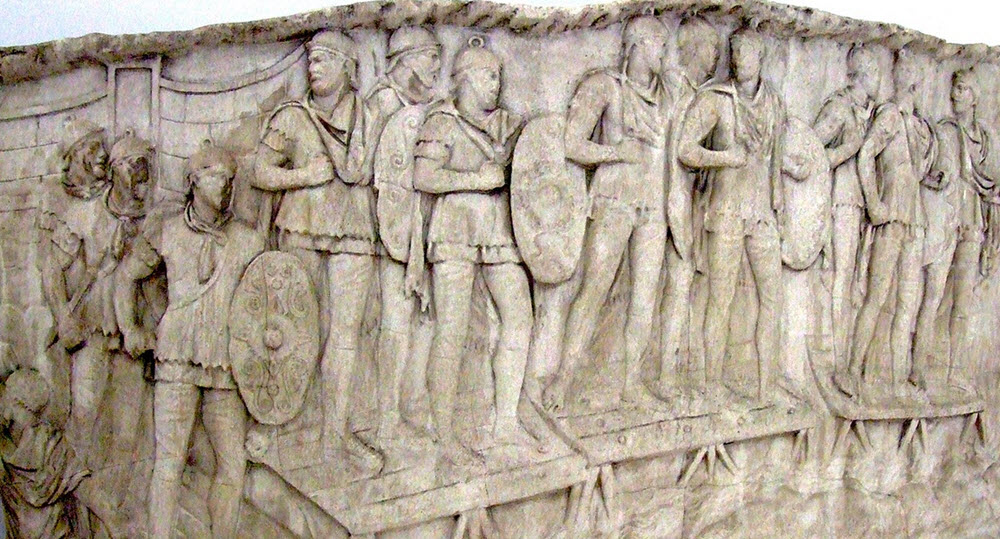The Imperial Roman military was extraordinary and dominated the Mediterranean for more than a millennium. Rome’s military adapted to the changes and developed over the centuries. This made them overcome the new threats that emerged as their territory expanded.
During most of the imperial period, Rome had a military force of about 350,000. There were 28 legions, with about 5,500 legionaries in each. Only Roman citizens were recruited to this army.
The Imperial Roman Army was the armed forces deployed by the Roman Empire from about 30 BC. to 476 AD. It was the last period in the long history of the Roman army.

Different parts
Under the rule of Emperor Augustus, the army consisted of legions, auxilia and numery.
Auxilia troops from the Roman army were not Roman citizens. They were recruited from the Gauls, Germans and other peoples whom the Romans had defeated and occupied among their allies.
Recruitment and training
Recruitment and training of soldiers was the military’s biggest task. That task was handled by the Roman Senate or its generals. It was not anyone who could join the Roman army, they carefully selected legionaries who would be able to maximize the efficiency of the army.
The training of the new recruits was a difficult and uncompromising task.
They wanted to train the soldiers to be the best so that they would have an advantage over the enemy. Rome’s attitude towards recruitment changed considerably during the many centuries they ruled. Earlier in the Roman Empire and most of the Roman Republic, men were forced to do military service.
Health & Medicine
At the beginning of the Roman Empire, Emperor Augustus organized a specialized medical branch of the army. More doctors were appointed to deal with more injuries. There were about 10 doctors per legion during the first century AD. Often it was men who, before they were recruited to the Imperial Army worked with medicine in one way or another. They would also receive further education in the military.
The number of hospitals in military forts also increased as the Roman Empire expanded. A general hospital could have 60 small rooms that could hold between 2-4 injured at the same time.
It was important that the soldiers took care of themselves. They had daily routines that they had to follow to keep them in good shape, both physically and to maintain good hygiene. Good hygiene was important to prevent infections and other diseases. They did not set up camps anywhere unless they had access to fresh water.
Size
At the end of emperor Augustus’ reign, the Imperial Army numbered about 250,000 men. They were evenly distributed between the 25 legions and the 250 auxiliaries. By the year 211, the army had grown to about 450,000, divided into 33 legions and 400 auxiliaries. The latter had grown and become more than the legionaries.
After this peak, it just went downhill. Mainly due to the plague and great losses in battles. During Diocletian’s reign in 284-305, the number was up to about 400,000 again.
